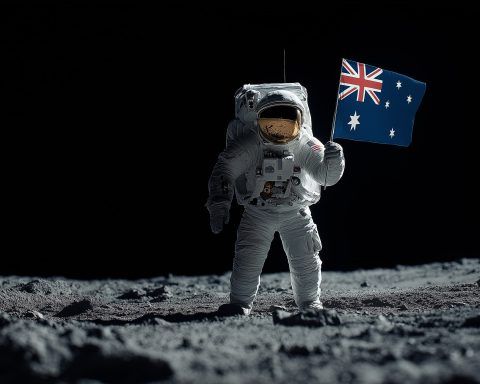
Australia’s Final Frontier: Inside the Rapid Rise of its Space & Satellite Industry
Key Facts and Figures Historical Context: A Decade of Ascent in Space Just over a decade ago, Australia’s space efforts were scattered across academia, defense, and niche industries. Unlike other nations, Australia had no central space agency until recently. In

